Egypt
**The secrets of a glittering Egyptian mummy known as the “Golden boy”, have been uncovered leaving the occupant of the sarcophagus undisturbed.
**
To achieve that, researchers at Cairo University used 21st-century computed tomography or CT scans. Among the lucky researchers was Sahar Saleem, radiology professor at the faculty of medicine of Cairo University.
"I studied a mummy that had been stored for over a century in the basement of Cairo Egyptian Museum - and never been touched before or examined."
My study was with the CT scan this would give us a non-invasive information, completely safe information about the details of the wrapped mummy without actual physical unwrapping or disturbing it."
The occupant of the cocoon was a boy aged 14. Out of 49 amulets detected in the vicinity of the body, 30 are likely to be gold, while the others were made of fired clay, Egyptian faience or stones.
The study published in the journal Frontiers, revealed that a gold tongue amulet was put inside the boy's mouth so that he could "speak in the afterlife."
A two-finger amulet was placed next to his penis to "protect the embalming incision" in the lower abdomen.
Propelling the field of Egyptology and archaeology
According to an Egyptologist who was not connected to the study, the innovative process hints at upcoming developments in archaeology.
"We've gone from really invasive ways to study mummies before that actually contributed to their damage to virtual unwrapping and not just virtual unwrapping, but also 3D modelling and 3D printing," Sara Ahmed Abdel Aziz observed.
"You can now have a piece of amulet based off one that is in a mummy in your hand 3D printed without removing anything from that mummy," the Egyptologist and researcher, technical office of the Grand Egyptian Museum detailed.
"It's really exciting because it gives us an insight as to how much that technology particularly archaeological science can propel forward the field of Egyptology and archaeology."
"In the case of the golden mummy, were able to see that the brain was extracted through the nose, the organs were removed from an incision in the lower abdomen, and that there were, you know, cavities that were filled with resin," she says.
"So it gives us a very good overview of how the mummification process was done internally, but also the layers that were done externally as well in terms of the bandaging. So these give us a very strong sort of overview as to how the Egyptians did things themselves for the mummification step by step."
The 2,300-year-old mummy was found in a Late Ptolemaic cemetery in Southern Egypt. During that time, the northern city of Alexandria was the capital. Ancient Egypt people from the south, like the "Golden boy" mummy, could afford luxurious embalming and burial.
"The information I found by the CT scan in total safe way showed us the very rich form of mummification and treatment that ancient Egyptians gave to their children, this would give us an information about the value of children for ancient Egyptians," Saleem said.




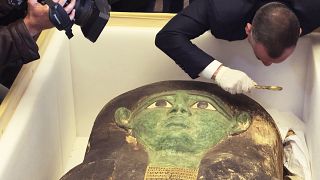
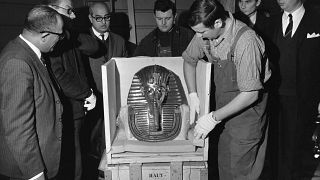
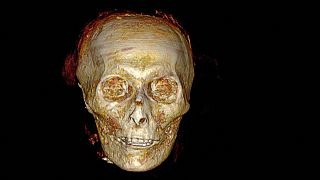
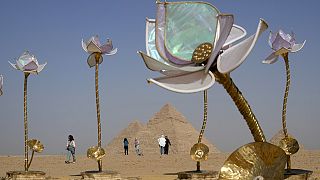



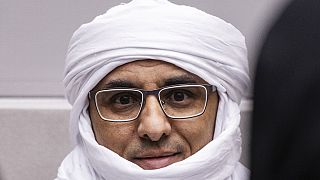

00:58
Egypt says its working to halt Israel's 'aggression' on Lebanon
02:10
BRICS: African leaders call for reforms of international institutions
01:27
Egyptian, Russian leaders agree to strengthen ties during Brics summit
Go to video
Ex-Fulham Captain Ronnie Gibbons accuses Mohamed Al Fayed of groping at Harrods
11:07
Egypt's Economy Hard Hit by Gaza War [Business Africa]
01:32
Egypt, Spain renew calls for ceasefires in Gaza and Lebanon